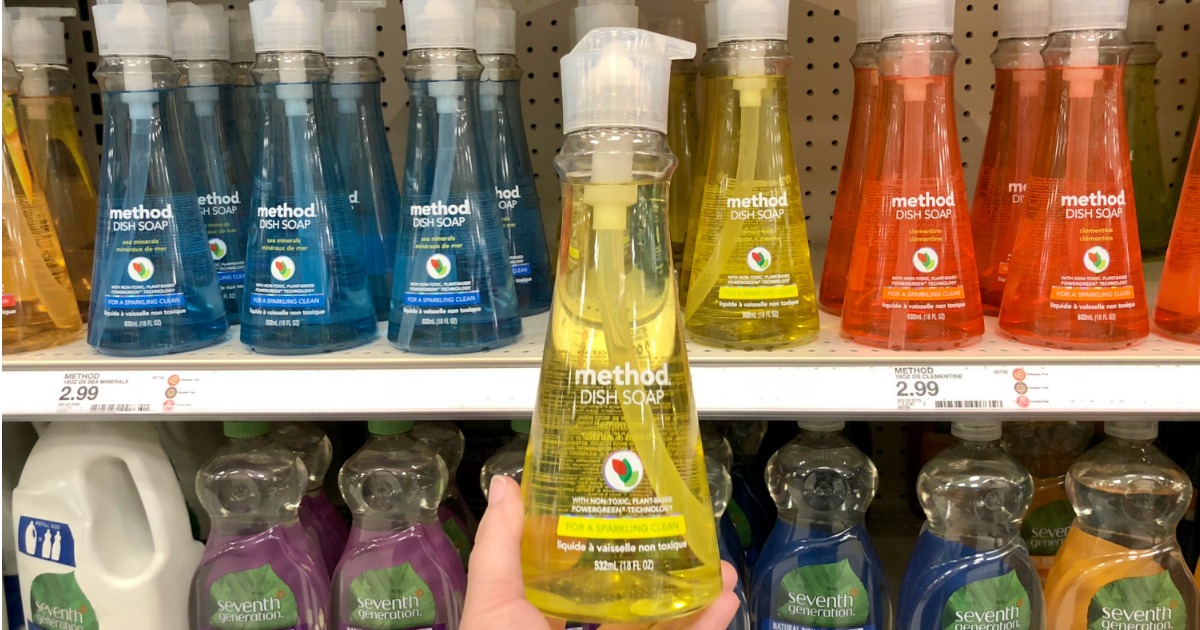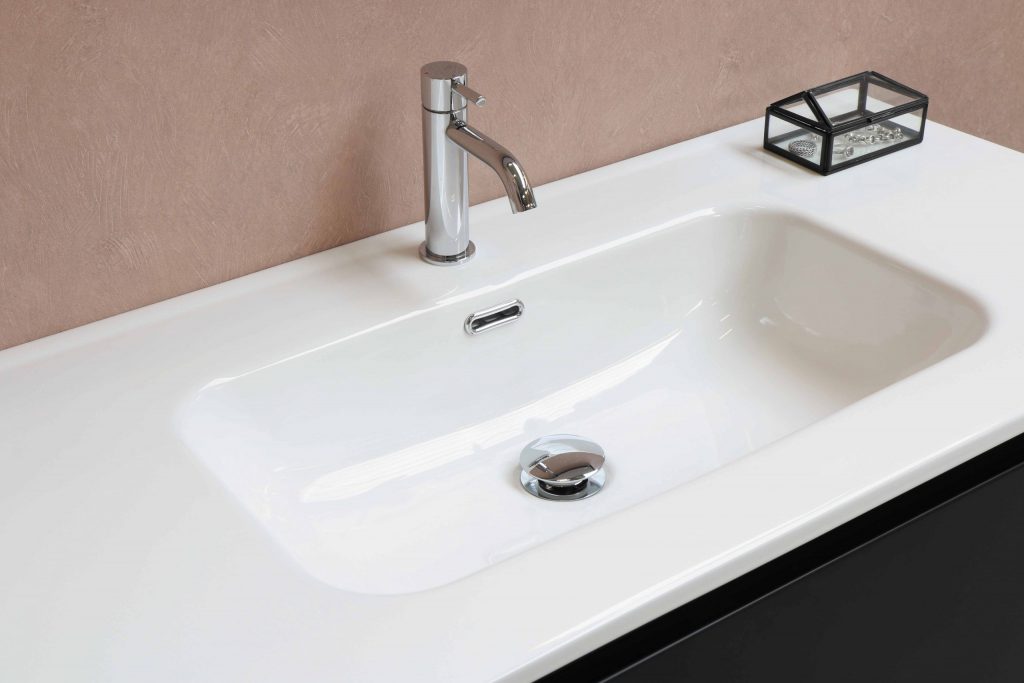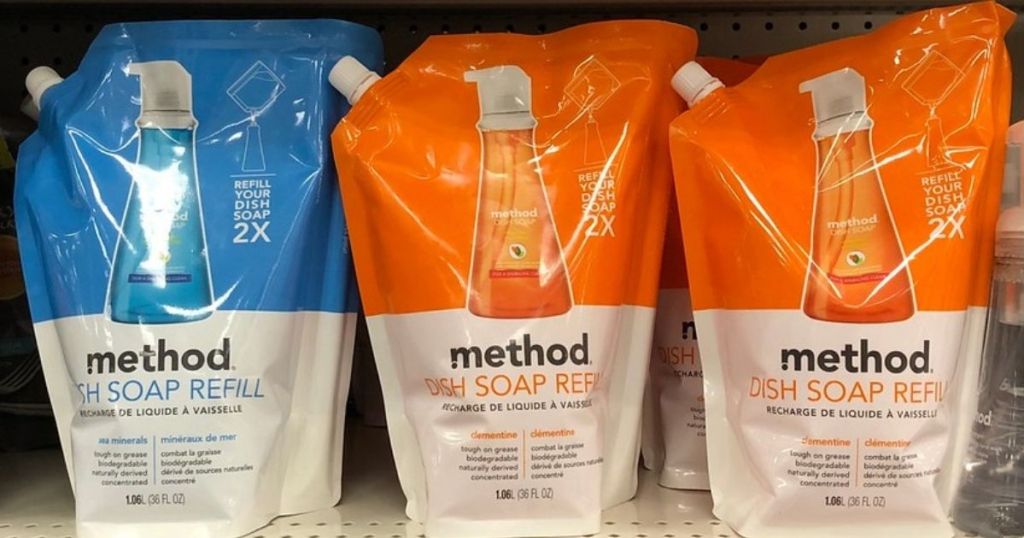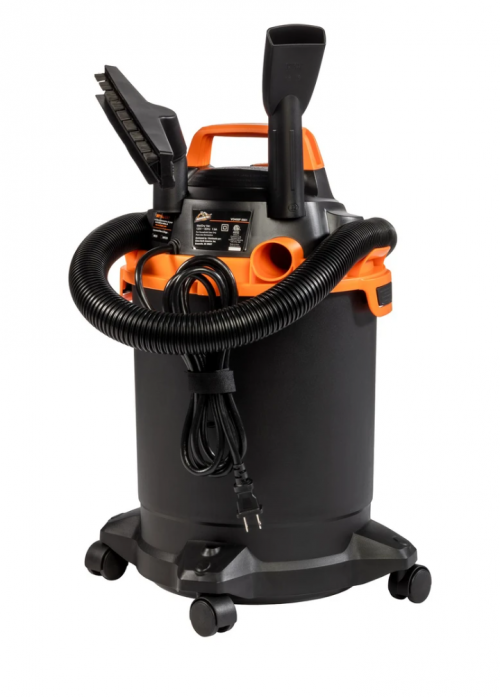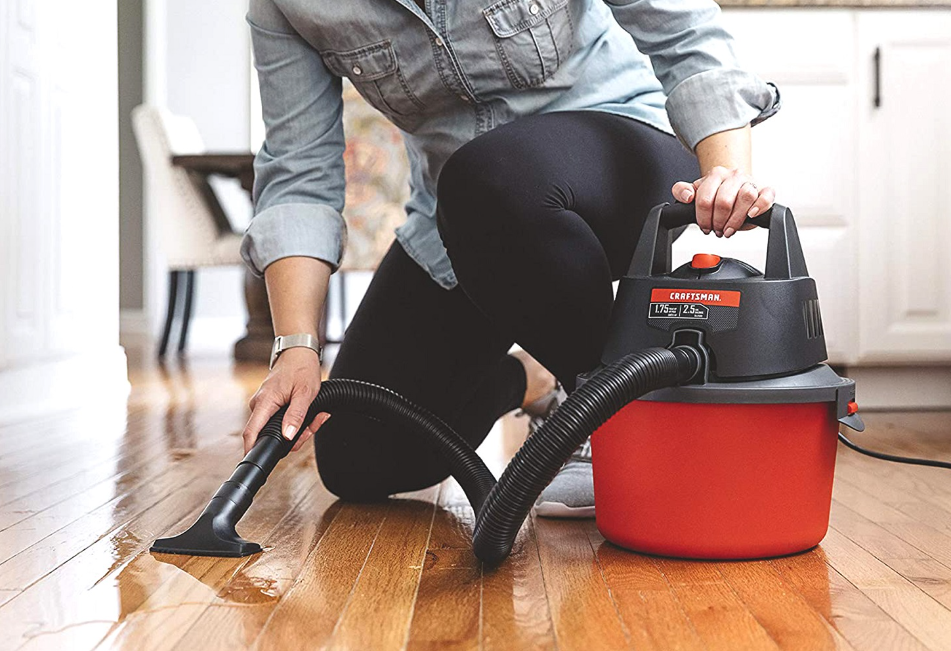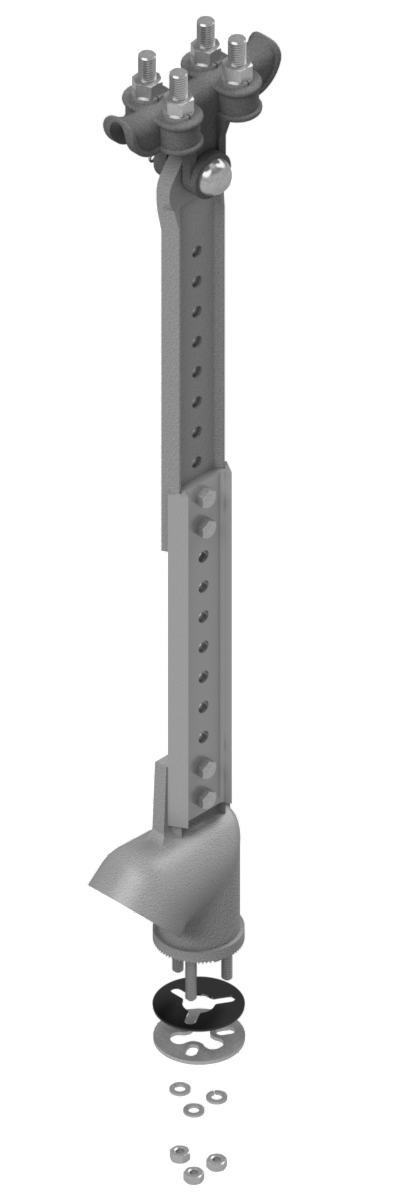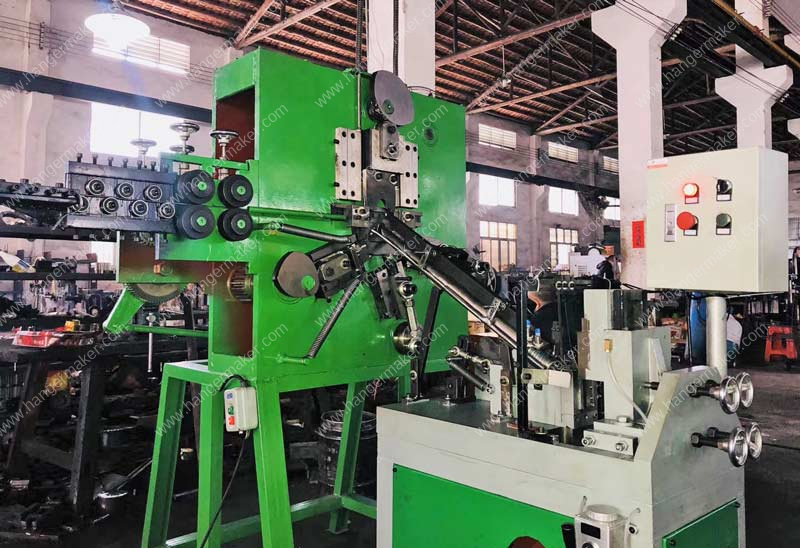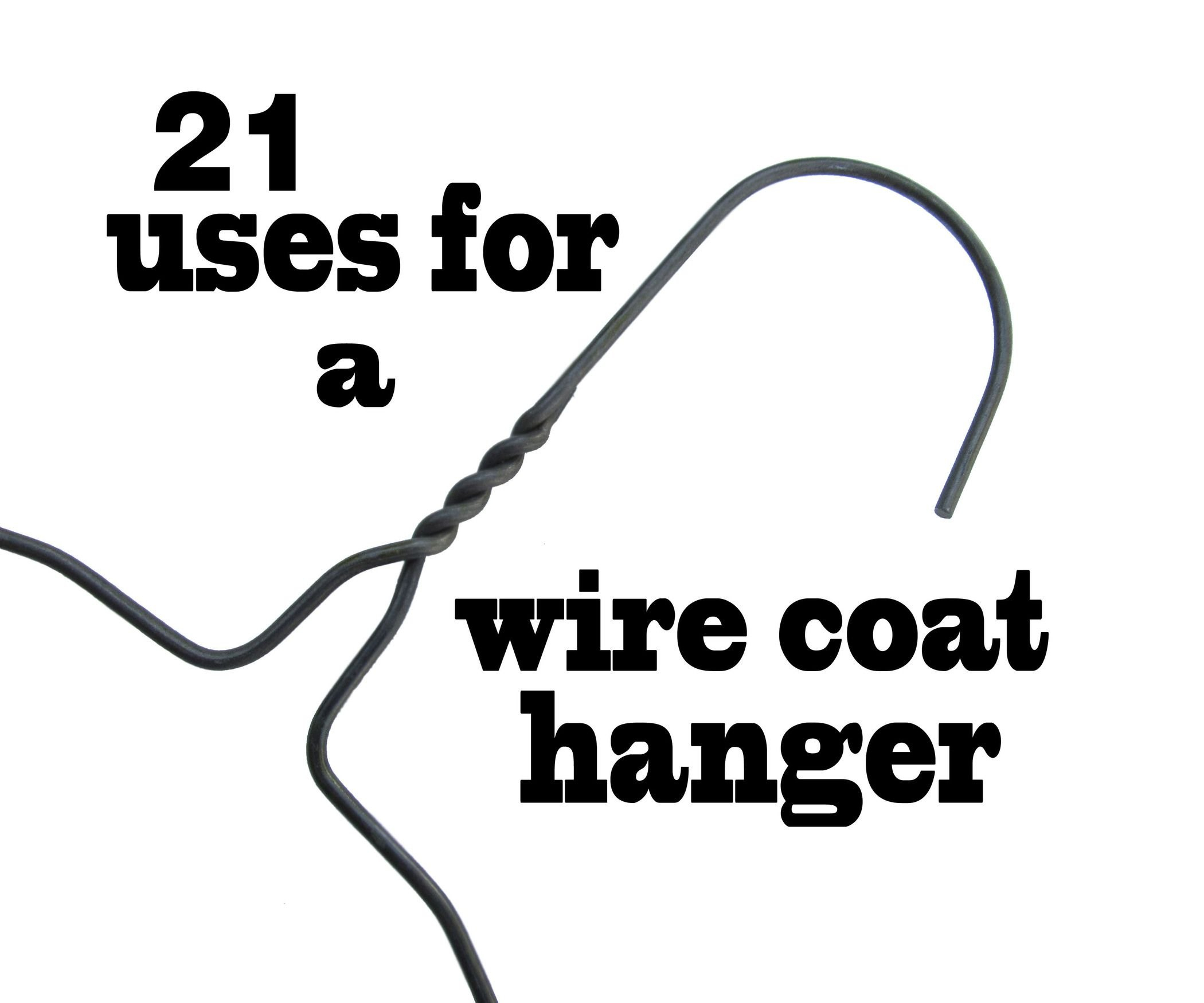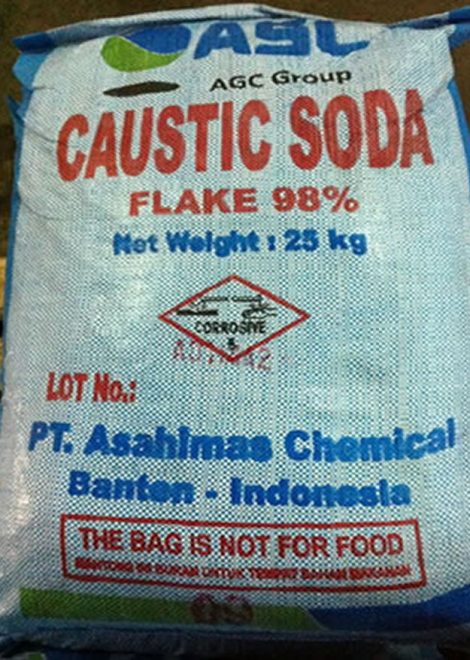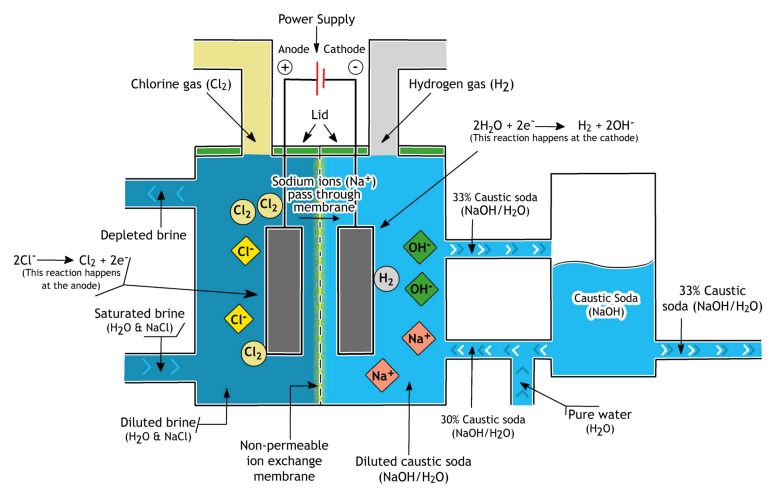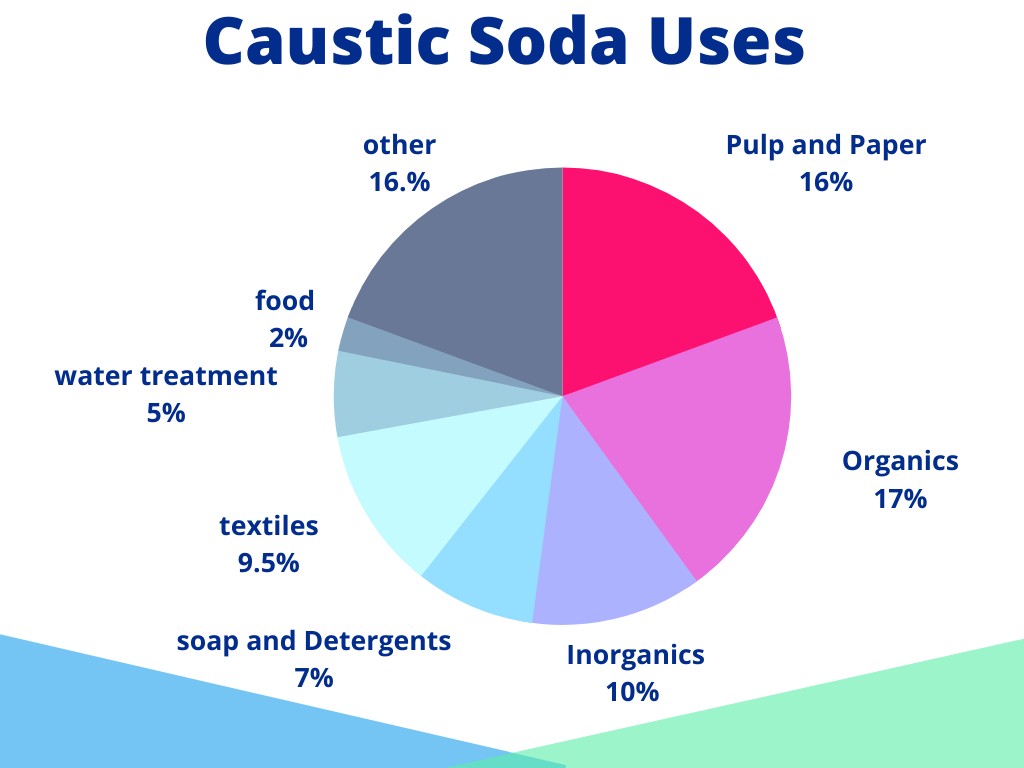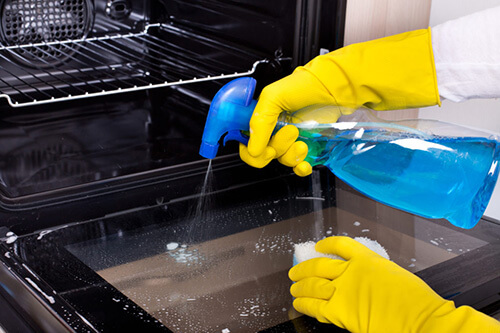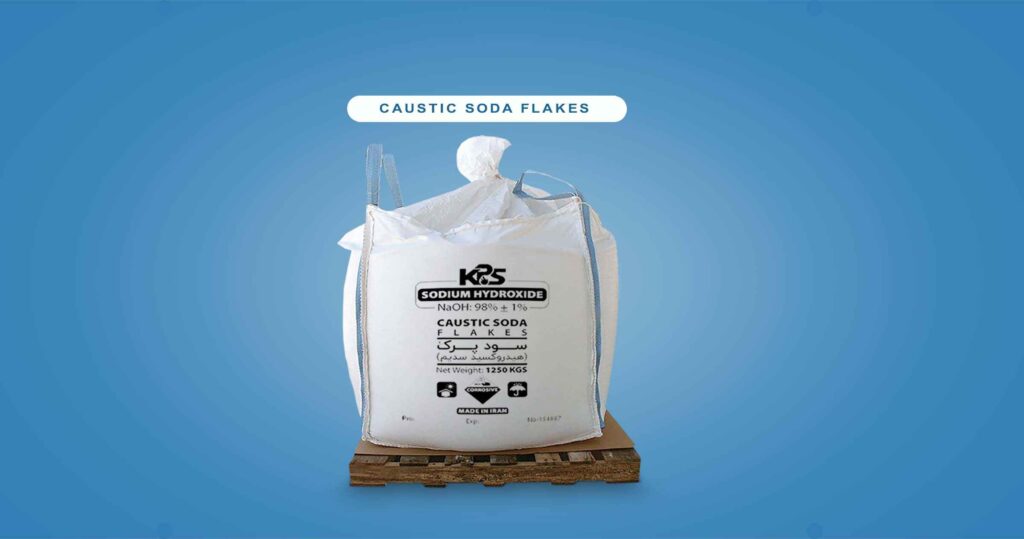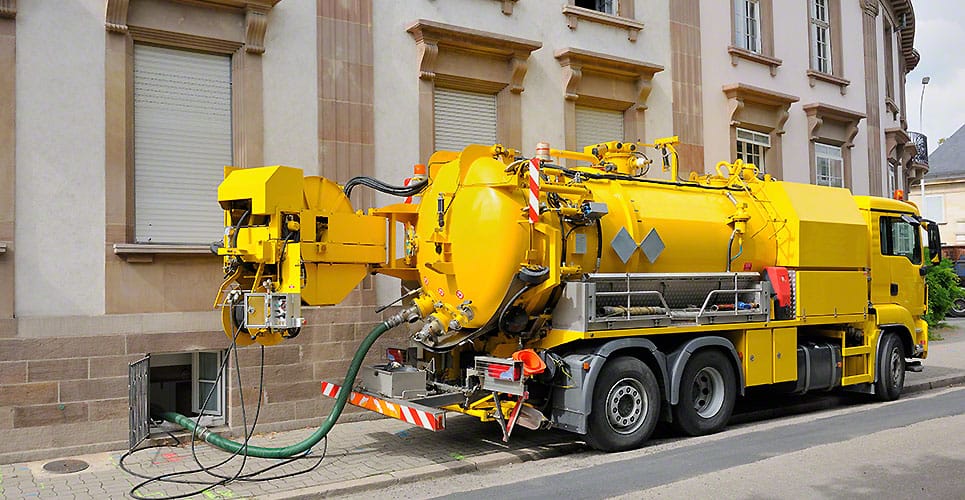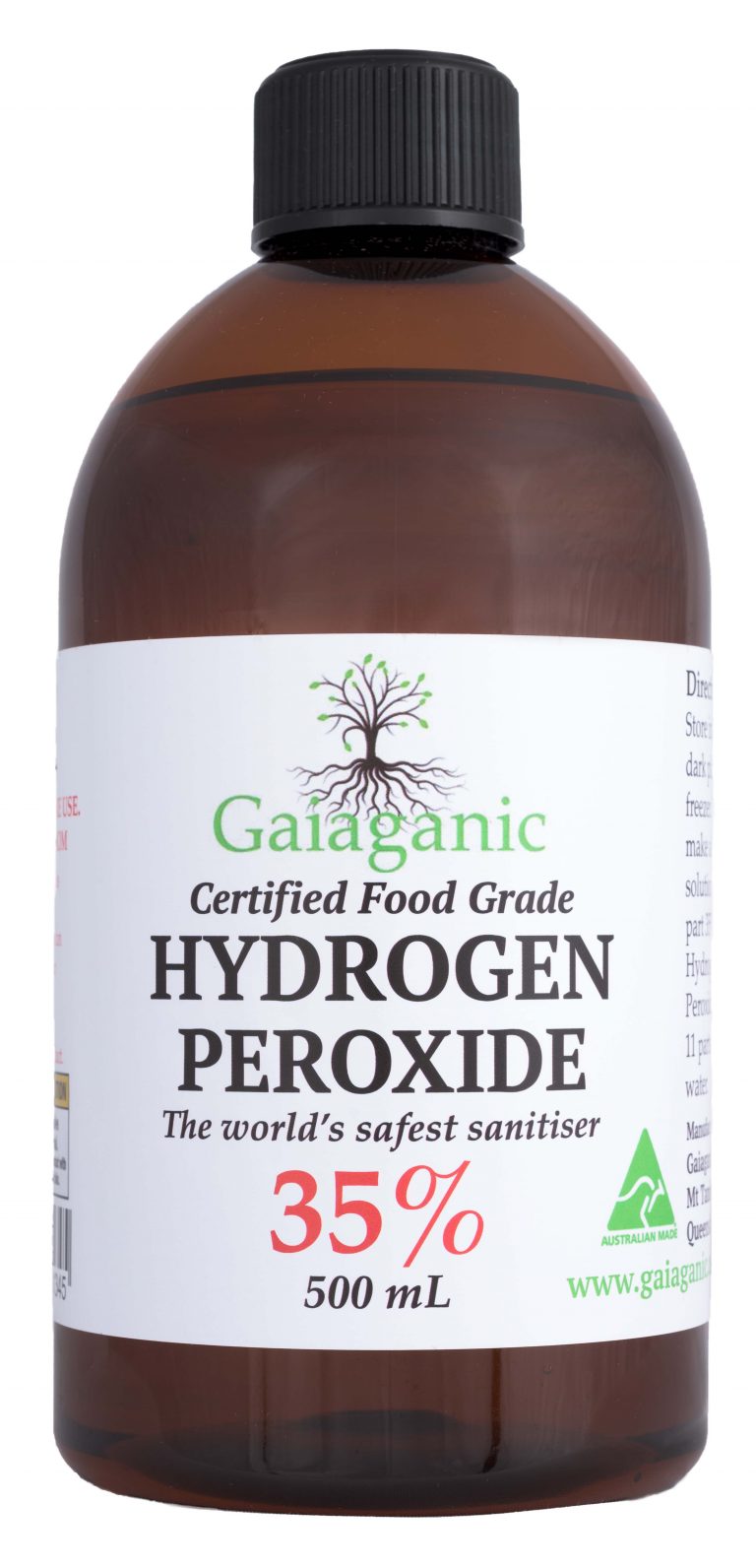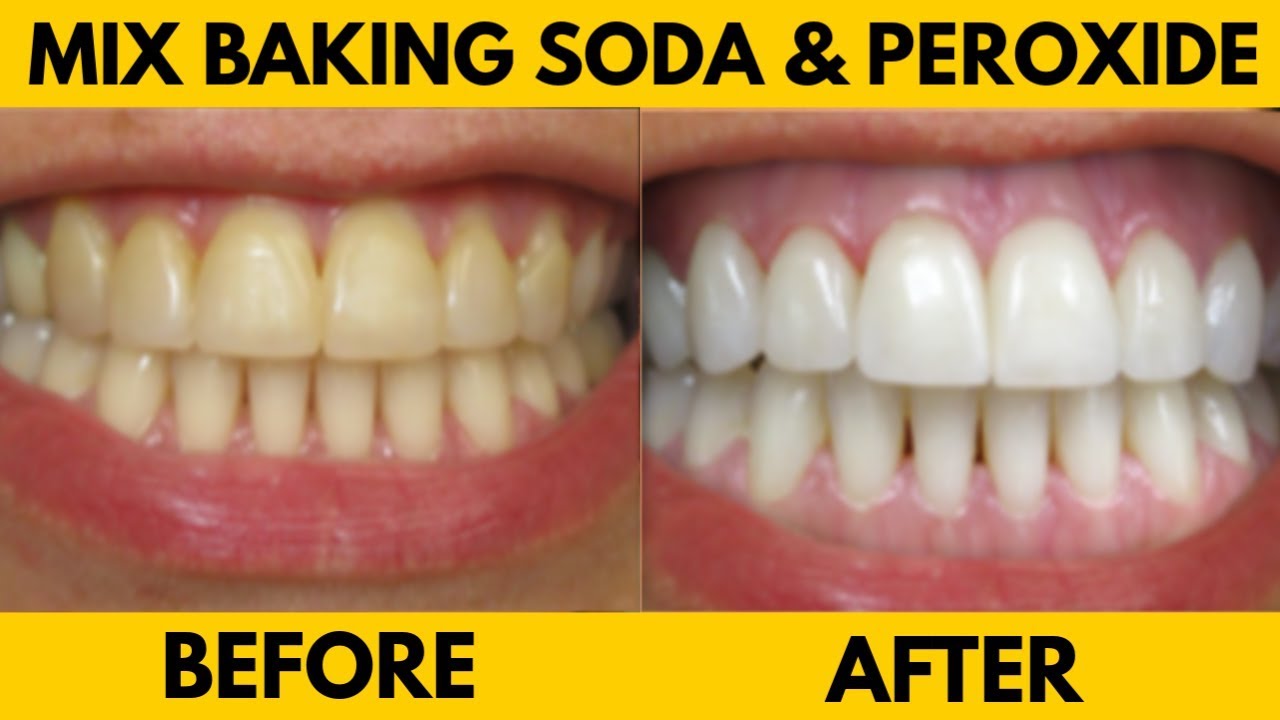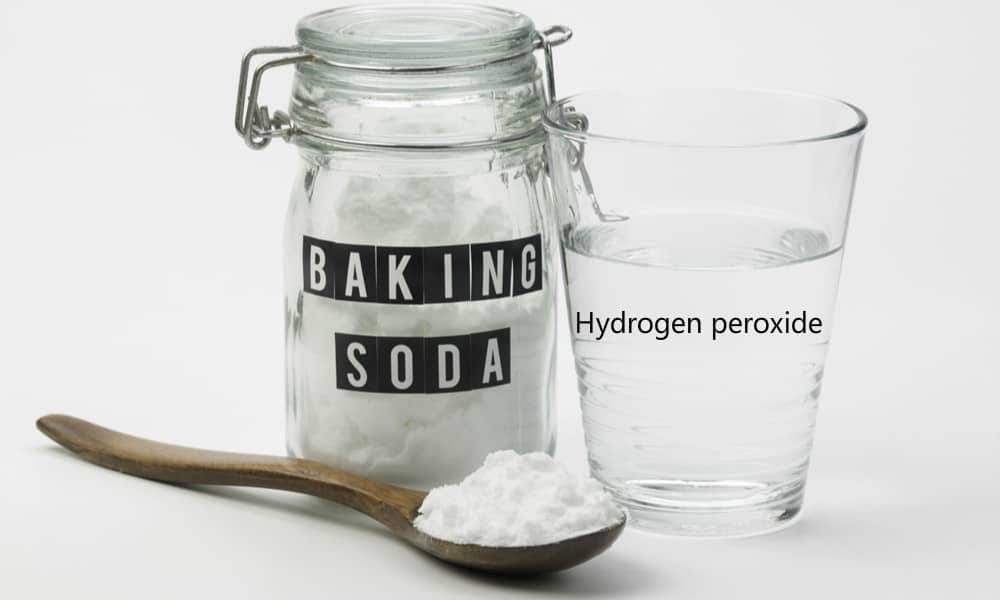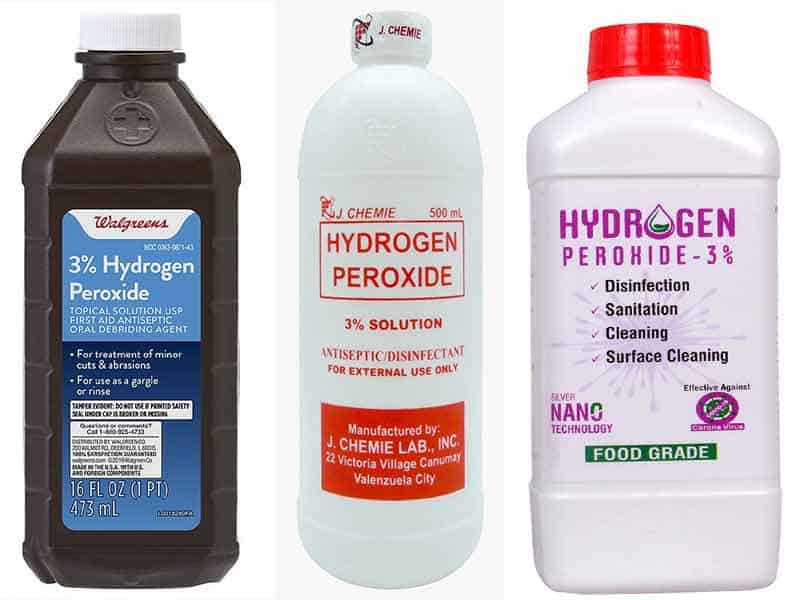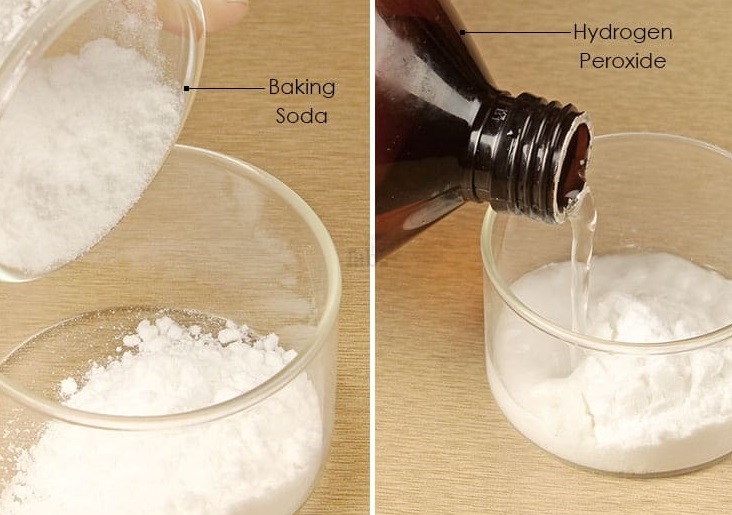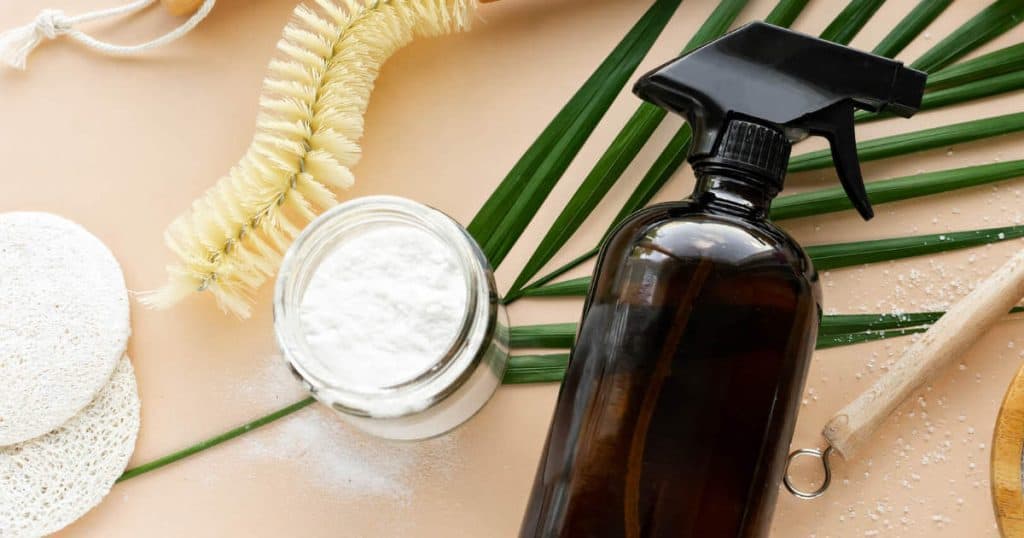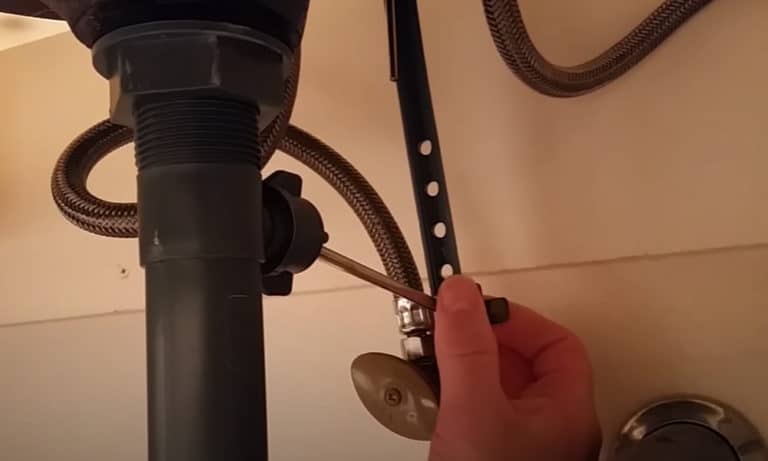If you're dealing with a clogged kitchen sink, one of the most effective and natural ways to clear it is by using a combination of baking soda and vinegar. This method is not only quick, but it's also environmentally friendly and safe for your pipes. To start, pour a pot of boiling water down the drain to help loosen up any debris. Then, mix 1/2 cup of baking soda with 1/2 cup of vinegar and pour it down the drain. The mixture will start to fizz and bubble, which helps break up any clogs. Let it sit for about 10-15 minutes, then pour another pot of boiling water down the drain to flush it out. This method is great for regular maintenance to prevent clogs, as well as for minor clogs in the kitchen sink. You can also use this method on other drains in your home, such as the bathroom sink or bathtub.1. Baking Soda and Vinegar Method
A trusty plunger is another quick and easy way to unclog your kitchen sink. This method works best for sink clogs that are caused by food debris or grease buildup. To start, fill the sink with enough water to cover the plunger, then place the plunger over the drain. Make sure there is a good seal and start plunging up and down vigorously. This will create suction and pressure that can dislodge the clog. Keep plunging for a few minutes, then remove the plunger and run hot water down the drain to flush out any remaining debris. If the plunger method doesn't work, you may need to try a more powerful method to break up the clog.2. Plunger Method
If you don't have any baking soda or vinegar on hand, you can still try to unclog your kitchen sink with just boiling water. This method works best for clogs caused by grease or soap scum. Simply boil a pot of water on the stove and carefully pour it down the drain in two to three stages. Let the hot water sit for a few seconds in between each pour to give it time to work. The heat from the water will help melt and break down any grease or buildup that is causing the clog. After the final pour, run hot water down the drain for a few minutes to flush out the clog. If the sink is still clogged, you may need to use a different method.3. Boiling Water Method
This method is a variation of the boiling water method, but it involves adding salt to the equation. Salt has abrasive properties that can help loosen and break down stubborn clogs. Start by pouring a pot of boiling water down the drain, then add 1/2 cup of salt. Let it sit for a few minutes, then flush it out with another pot of boiling water. The hot water will dissolve the salt and help push the clog through the pipes. This method is particularly effective for clogs caused by soap scum and grease buildup.4. Salt and Hot Water Method
If you have dish soap on hand, you can use it to help unclog your kitchen sink. Dish soap has degreasing properties that can help break up and dissolve any grease or food debris in the drain. To use this method, squirt a generous amount of dish soap down the drain, then pour a pot of boiling water on top. Let it sit for a few minutes, then flush it out with another pot of hot water. Repeat if necessary until the clog is cleared. This method is also great for regular maintenance to prevent clogs from forming in the first place.5. Dish Soap and Hot Water Method
If you have a wet and dry vacuum, you can use it to help unclog your kitchen sink. This method is best for tougher clogs that can't be cleared with just hot water or baking soda and vinegar. First, remove any standing water from the sink. Then, place the vacuum hose over the drain and create a tight seal. Turn the vacuum on and let it run for a few minutes to try and suck out the clog. If the clog doesn't budge, you may need to try a different method or call a plumber.6. Wet and Dry Vacuum Method
This method is a little unconventional, but it can be effective for clearing clogs caused by solid objects, such as food scraps or hair. You will need a wire hanger that you can straighten out and bend into a hook. First, remove any visible debris from the drain using your hands or a pair of tongs. Then, insert the wire hanger down the drain and start fishing for the clog. Once you feel the clog, use the hook to try and pull it out. Be careful not to push the clog further down the drain. This method may take some time and patience, but it can be a quick fix for minor clogs in your kitchen sink.7. Wire Hanger Method
If you have a more serious clog in your kitchen sink, you may need to use a stronger method, such as caustic soda. Caustic soda, also known as sodium hydroxide, is a powerful chemical that can dissolve tough clogs caused by grease and hair. To use this method, make sure you are wearing protective gloves and eye protection. Then, mix 3 cups of caustic soda with 3/4 gallon of cold water in a bucket. Stir it well and pour it down the drain. Let it sit for about 20-30 minutes, then flush it out with hot water. Be careful not to splash the mixture onto your skin or clothes, as it can cause burns. This method should only be used as a last resort and with caution.8. Caustic Soda Method
If you prefer to use a more natural and eco-friendly method to unclog your kitchen sink, you can try an enzyme drain cleaner. These cleaners use natural enzymes and bacteria to break down and digest organic clogs, such as food particles and grease. To use this method, simply pour the recommended amount of enzyme cleaner down the drain and let it sit for several hours or overnight. The enzymes will work to break down the clog, and then you can flush it out with hot water. This method may take longer to work, but it is safe for your pipes and the environment.9. Enzyme Drain Cleaner Method
For a more powerful and chemical-free option, you can try using a combination of hydrogen peroxide and baking soda to unclog your kitchen sink. Hydrogen peroxide is a natural bleaching agent and can help dissolve stubborn clogs. To use this method, mix 1/2 cup of baking soda with 1/2 cup of hydrogen peroxide and pour it down the drain. Let it sit for about 30 minutes, then flush it out with hot water. This method is effective for clogs caused by grease and food particles. In conclusion, if you have a clogged kitchen sink, there are several quick and easy ways to unclog it using household items and natural methods. However, if the clog persists or you are unsure about using chemicals, it's always best to call a professional plumber for assistance. Regular maintenance and being mindful of what you put down your drain can also help prevent clogs from occurring in the first place.10. Hydrogen Peroxide and Baking Soda Method
A Quick and Easy Way to Unclog Your Kitchen Sink

Say Goodbye to Clogged Sinks
 When it comes to maintaining a well-functioning kitchen, a clogged sink can quickly become a headache. It can disrupt your daily routine and make a simple task like washing dishes a major hassle. The most common cause of a clogged kitchen sink is a buildup of food particles, grease, and other debris. While there are many commercial products available to unclog a sink, they can be harsh on your pipes and may not always do the trick. Luckily, there is a quick and easy way to unclog your kitchen sink that doesn't involve any chemicals or expensive tools.
With just a few household items and a little bit of elbow grease, you can have your sink running smoothly in no time.
When it comes to maintaining a well-functioning kitchen, a clogged sink can quickly become a headache. It can disrupt your daily routine and make a simple task like washing dishes a major hassle. The most common cause of a clogged kitchen sink is a buildup of food particles, grease, and other debris. While there are many commercial products available to unclog a sink, they can be harsh on your pipes and may not always do the trick. Luckily, there is a quick and easy way to unclog your kitchen sink that doesn't involve any chemicals or expensive tools.
With just a few household items and a little bit of elbow grease, you can have your sink running smoothly in no time.
What You'll Need
 Before you get started, make sure you have the following items on hand:
Before you get started, make sure you have the following items on hand:
- Plunger
- Baking soda
- Vinegar
- Boiling water
Step-by-Step Guide
 Step 1:
Begin by removing any standing water from the sink using a cup or bowl.
Step 1:
Begin by removing any standing water from the sink using a cup or bowl.
Step 2: Next, use a plunger to create suction over the drain . This will help to loosen any blockages and push them through the pipes. Be sure to cover the entire drain with the plunger and push and pull several times.
Step 3: If the plunger doesn't do the trick, it's time to bring out the baking soda and vinegar. Pour 1/2 cup of baking soda down the drain, followed by 1/2 cup of vinegar . The mixture will fizz and bubble, working to break down any buildup in the pipes.
Step 4: Allow the mixture to sit for 5-10 minutes before pouring a kettle of boiling water down the drain. The hot water will help to flush out any remaining debris.
Step 5: If the sink is still clogged, repeat the process or use a plumbing snake to remove any stubborn blockages .
Step 6: Once the water is draining properly, run some hot water down the drain for a few minutes to ensure everything is clear.
Preventing Future Clogs
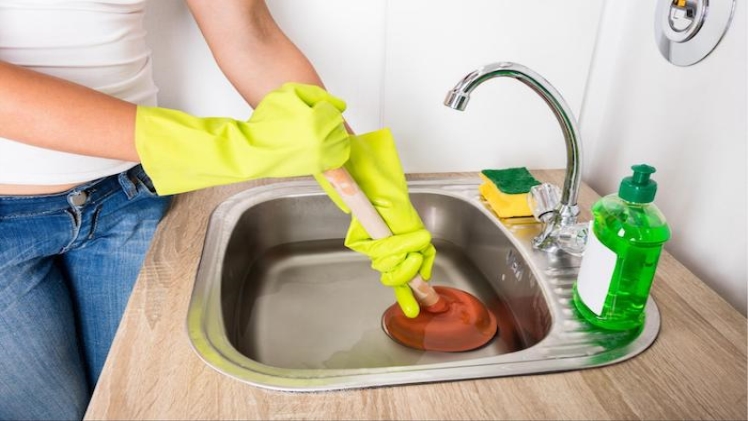 To prevent future clogs,
be mindful of what you put down your kitchen sink
. Avoid pouring grease, oil, or coffee grounds down the drain as they can solidify and cause blockages.
Regularly using a mixture of baking soda and vinegar to clean your drains can also help prevent buildup and keep them running smoothly.
To prevent future clogs,
be mindful of what you put down your kitchen sink
. Avoid pouring grease, oil, or coffee grounds down the drain as they can solidify and cause blockages.
Regularly using a mixture of baking soda and vinegar to clean your drains can also help prevent buildup and keep them running smoothly.
In Conclusion
 A clogged kitchen sink doesn't have to be a major inconvenience. With this quick and easy method, you can
unclog your sink in no time and without any harsh chemicals or expensive tools.
Remember to
use a plunger, baking soda, vinegar, and boiling water
to effectively remove blockages and prevent future clogs. Keep your kitchen sink running smoothly with these simple steps.
A clogged kitchen sink doesn't have to be a major inconvenience. With this quick and easy method, you can
unclog your sink in no time and without any harsh chemicals or expensive tools.
Remember to
use a plunger, baking soda, vinegar, and boiling water
to effectively remove blockages and prevent future clogs. Keep your kitchen sink running smoothly with these simple steps.



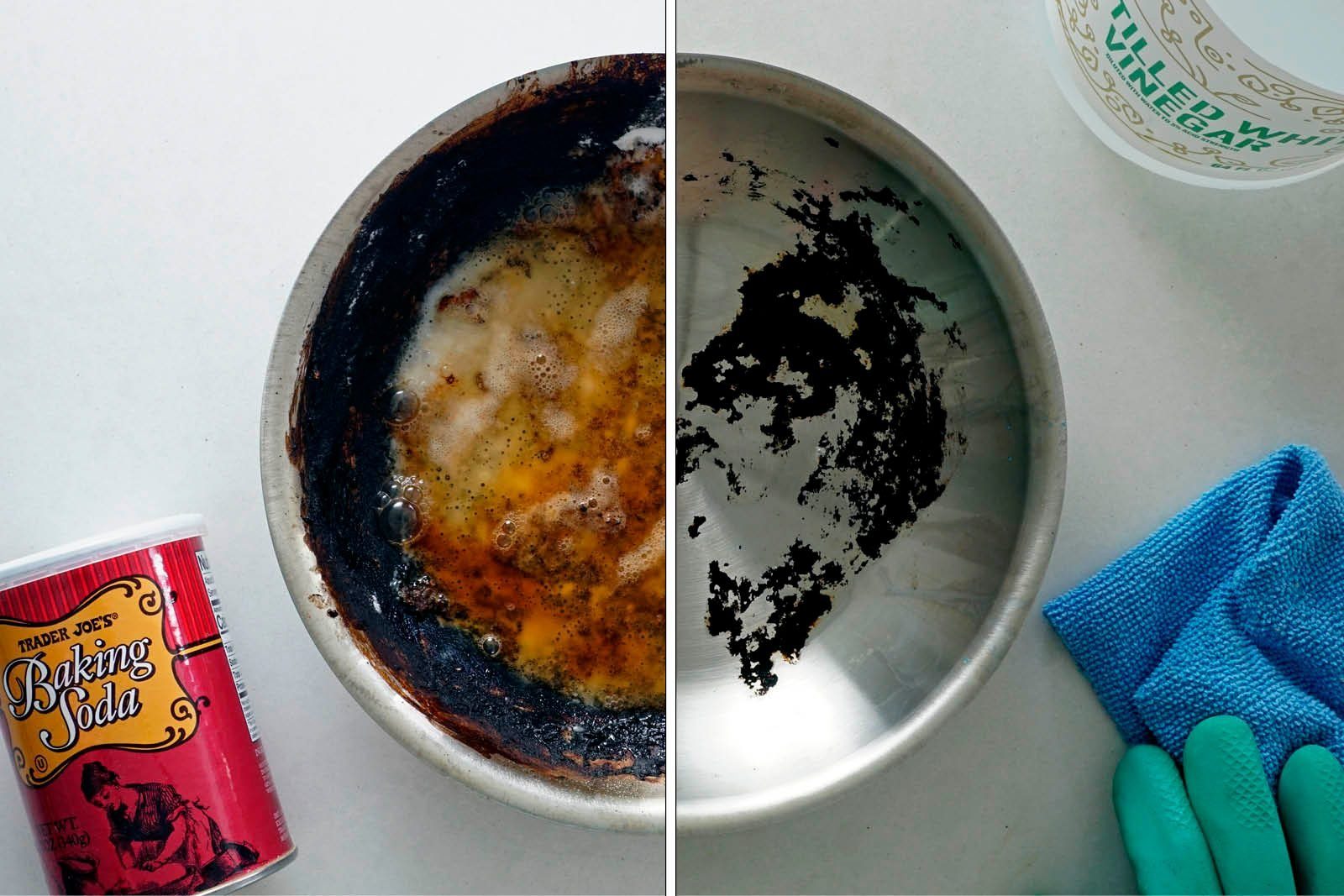
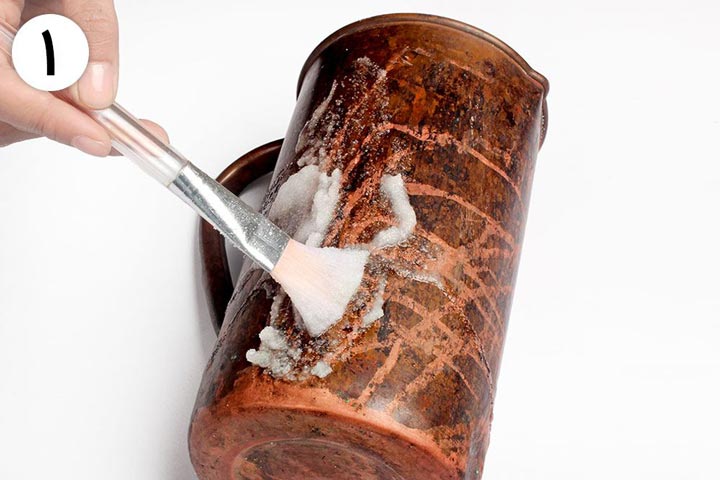
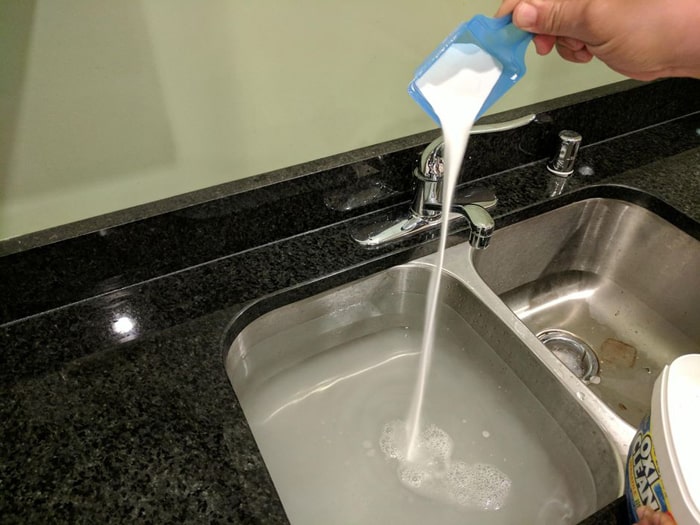



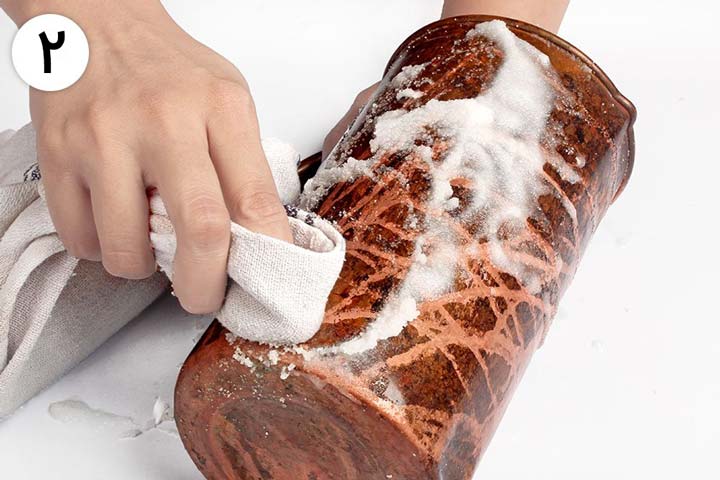

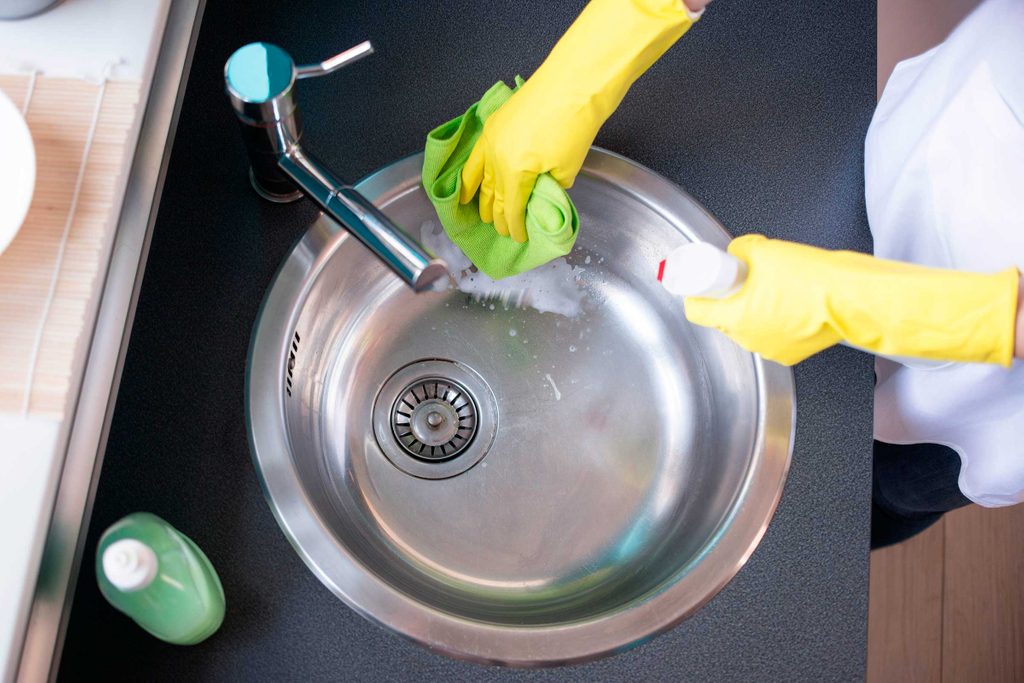





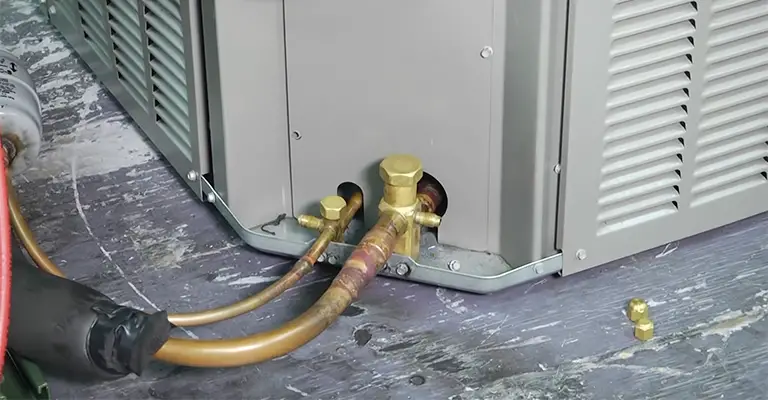
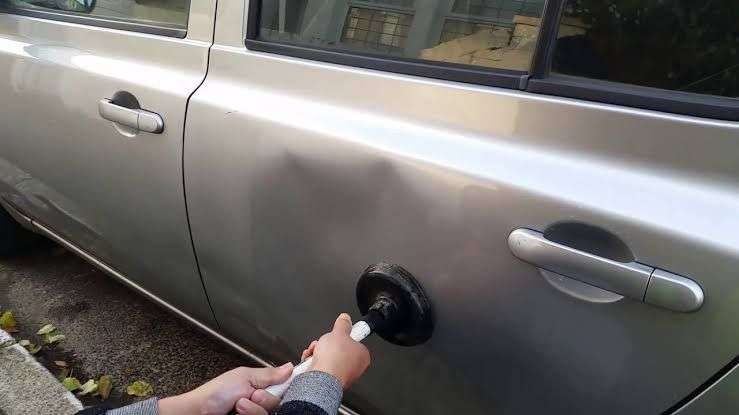



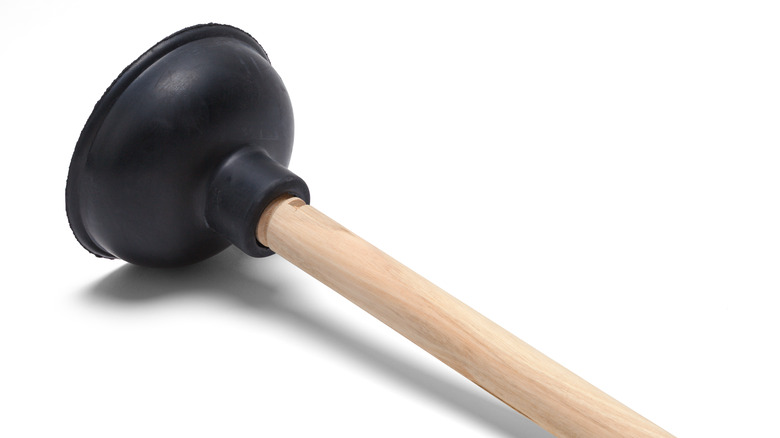
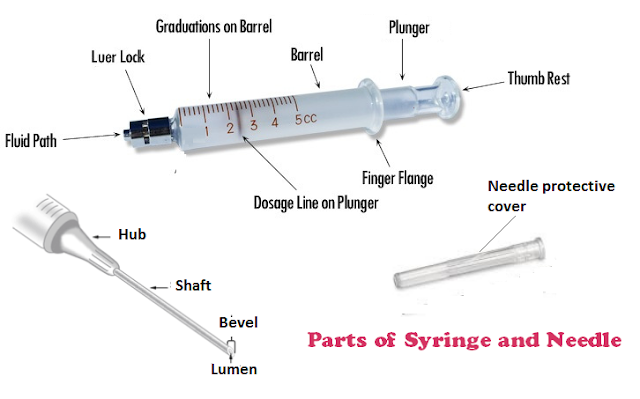

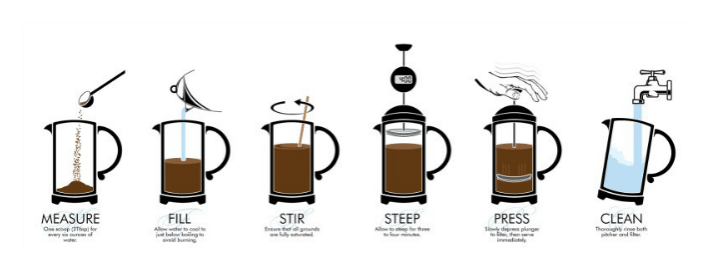



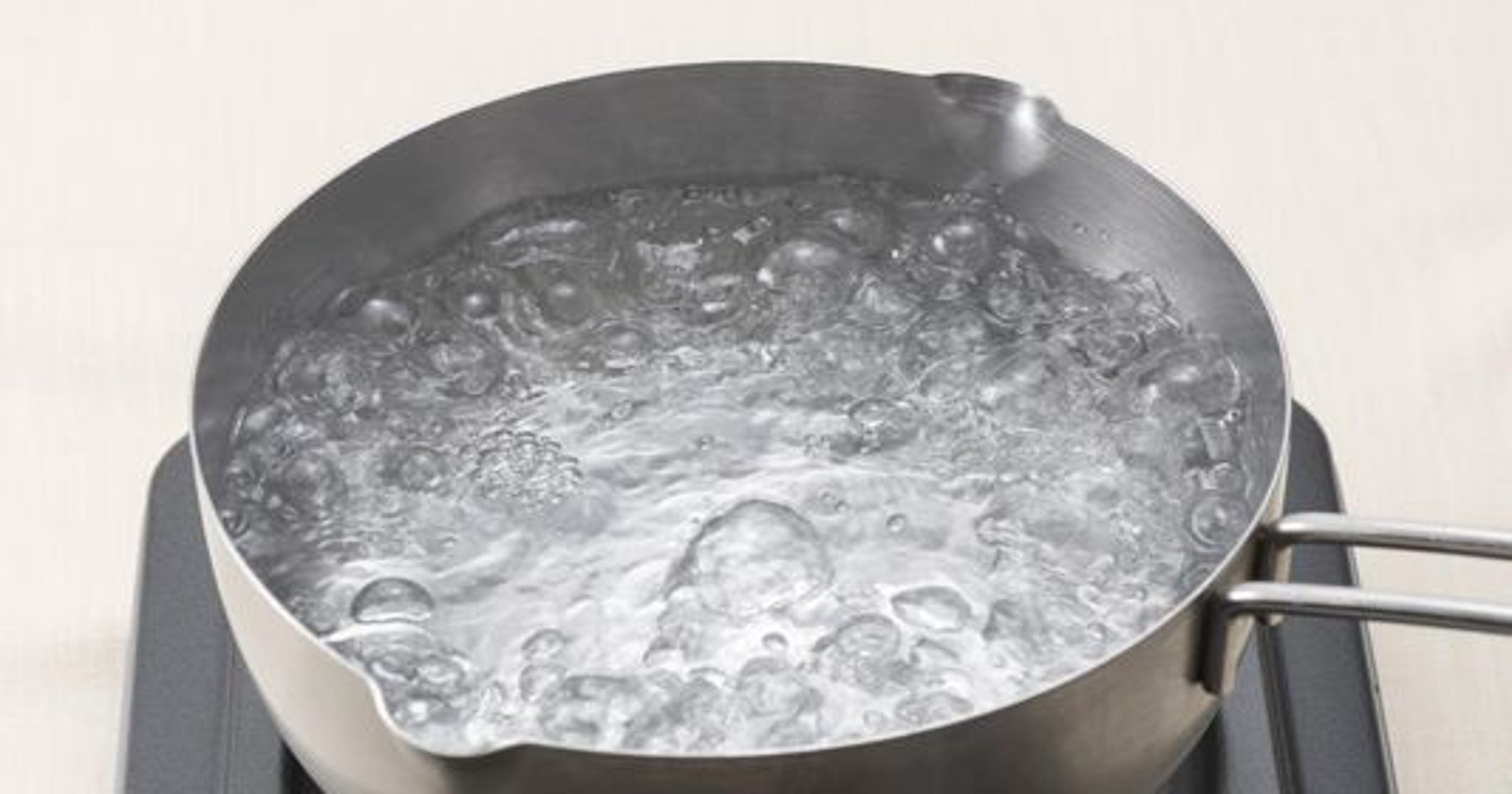
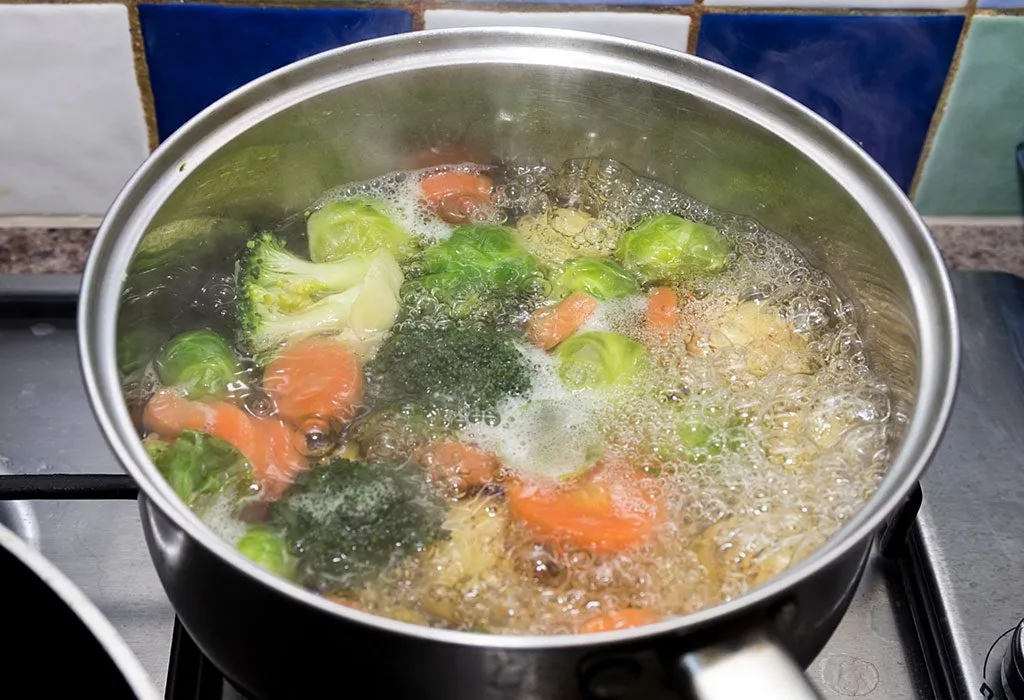
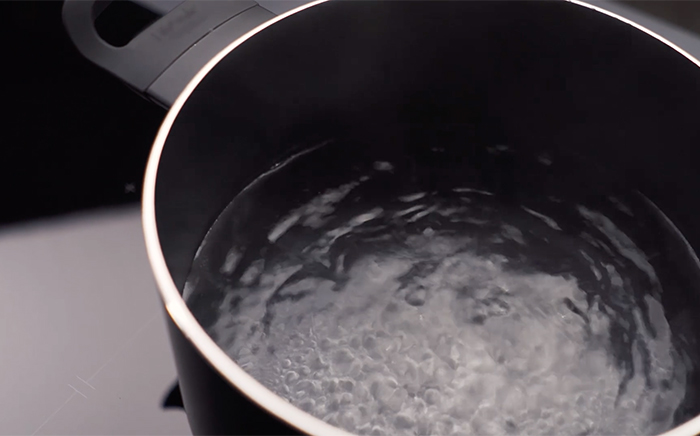

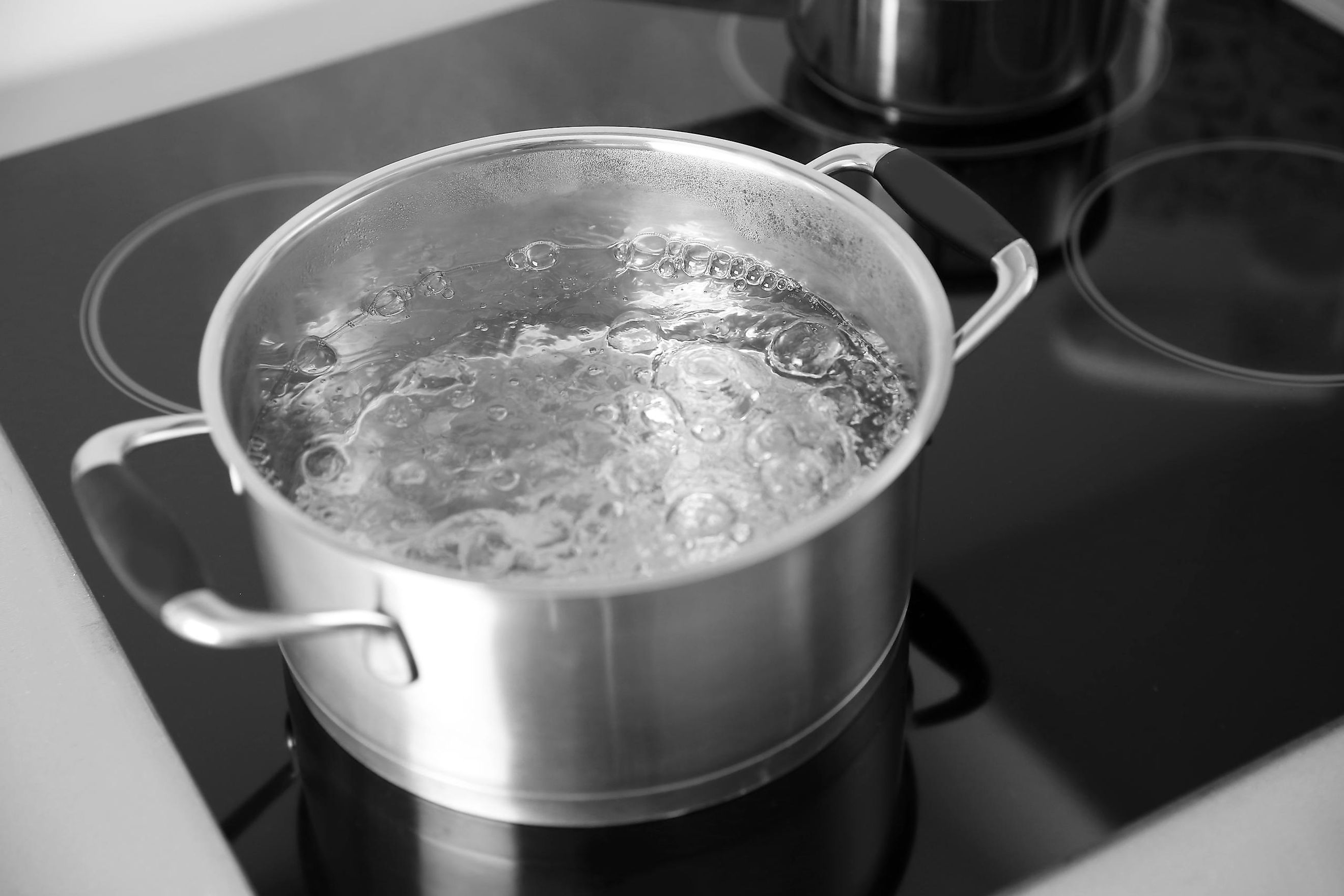
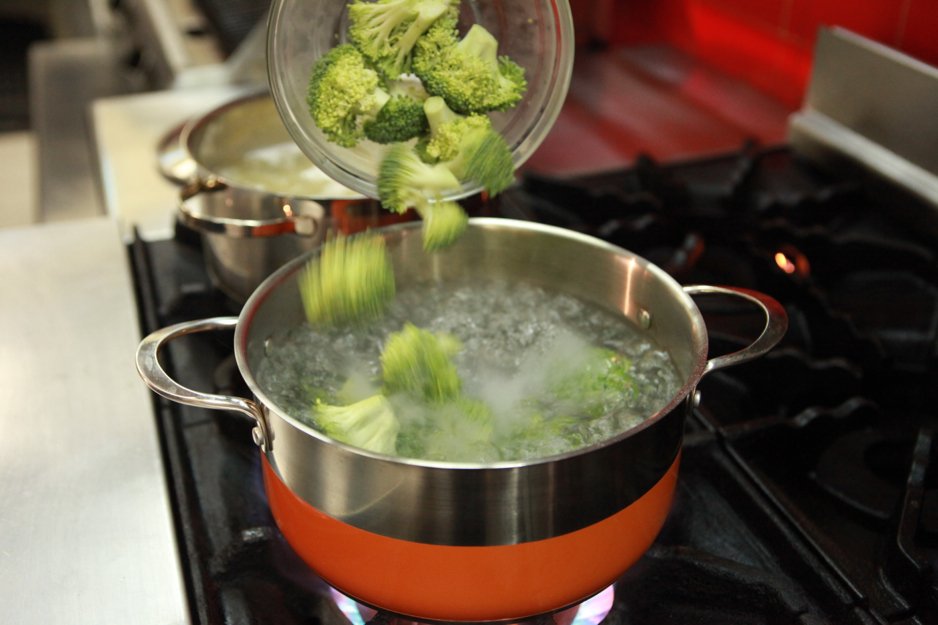


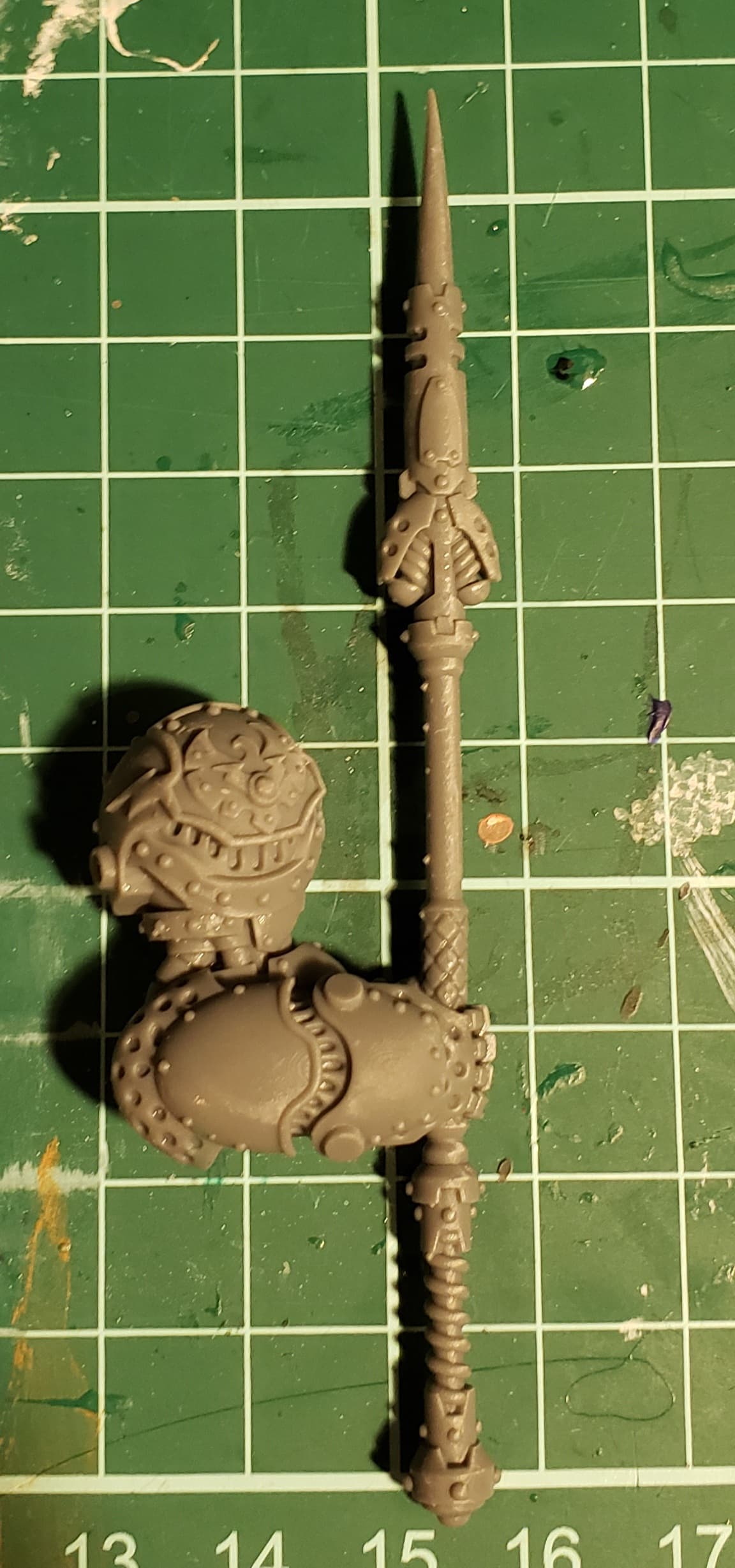



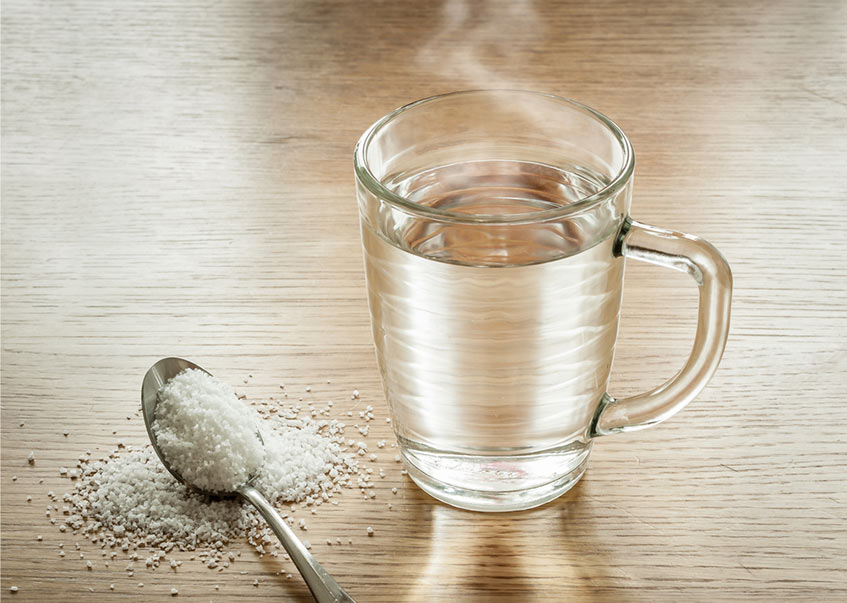

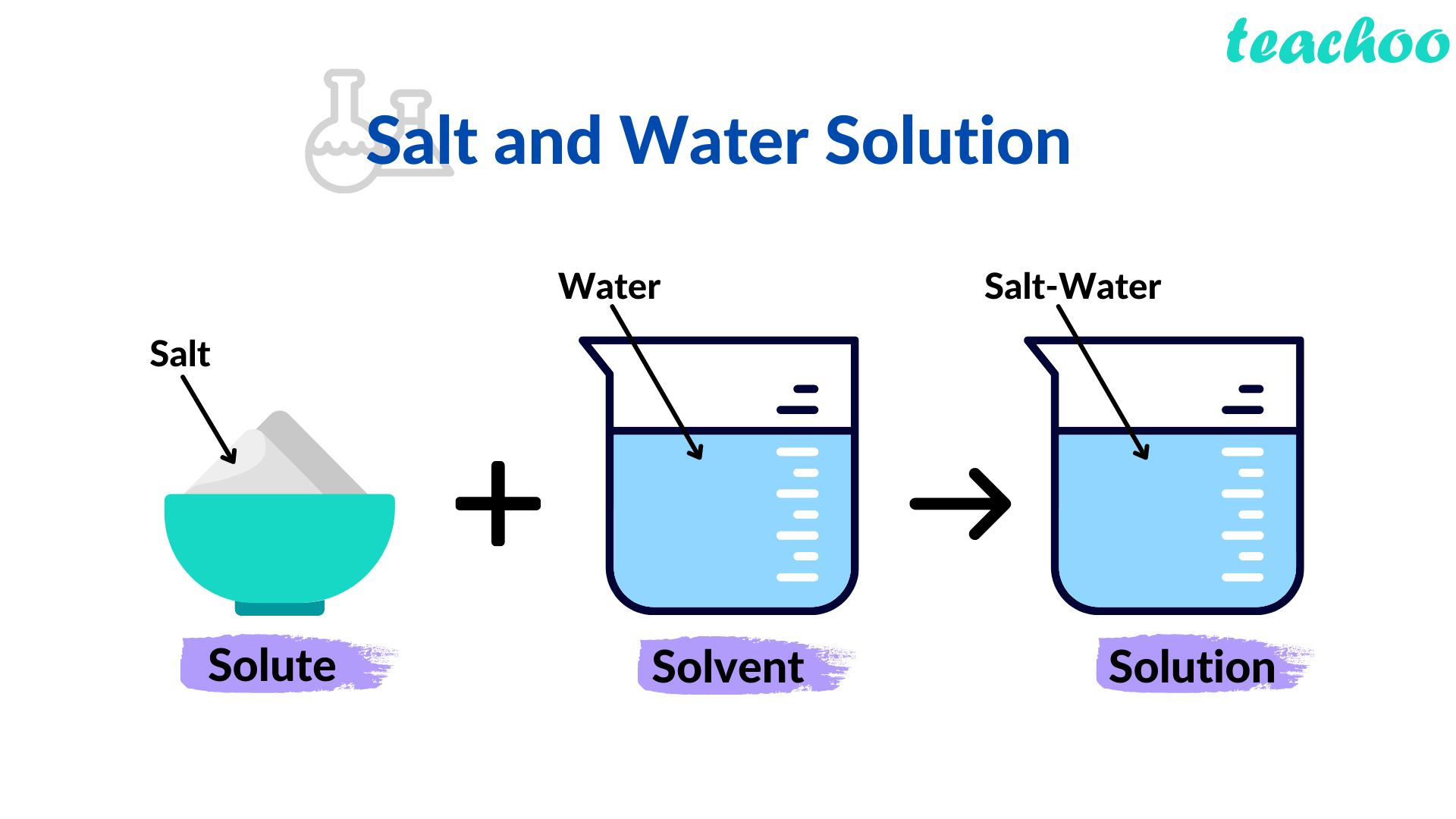
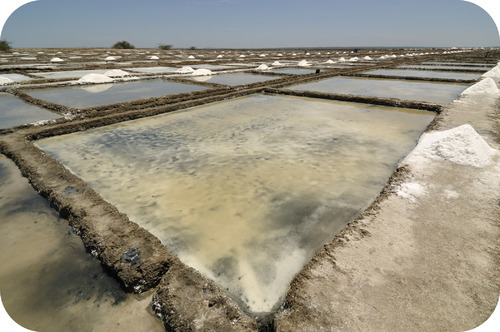



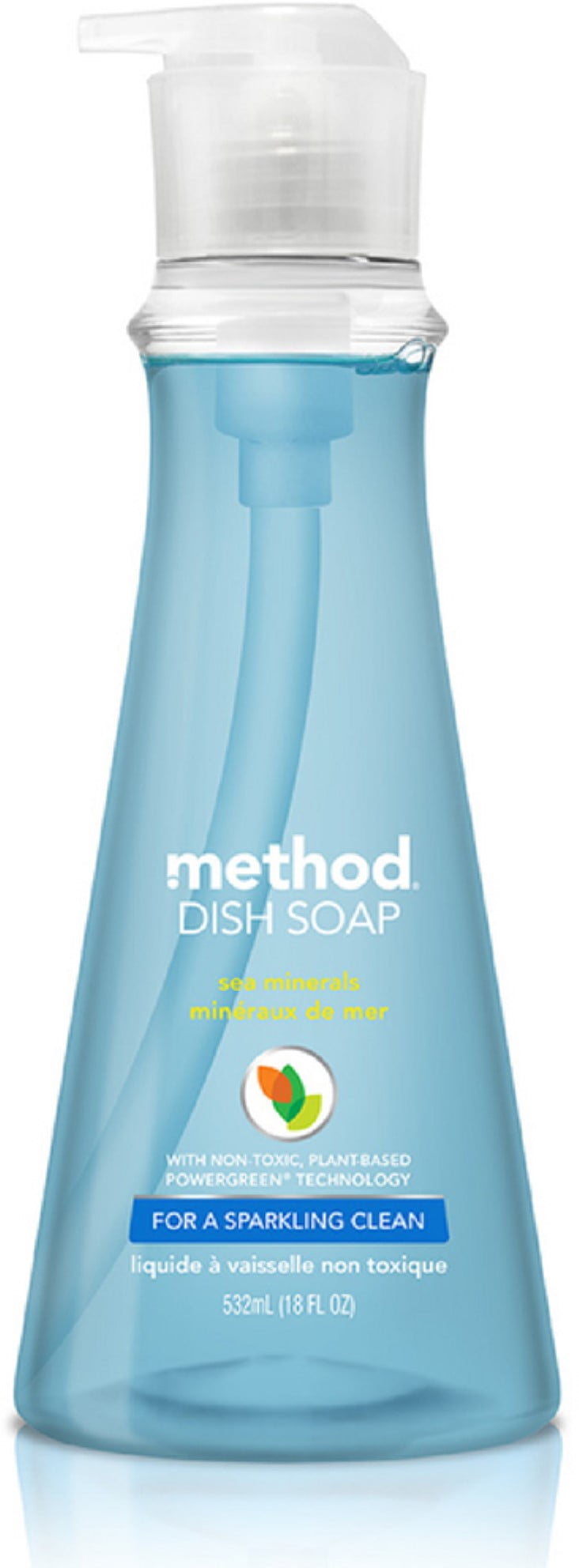

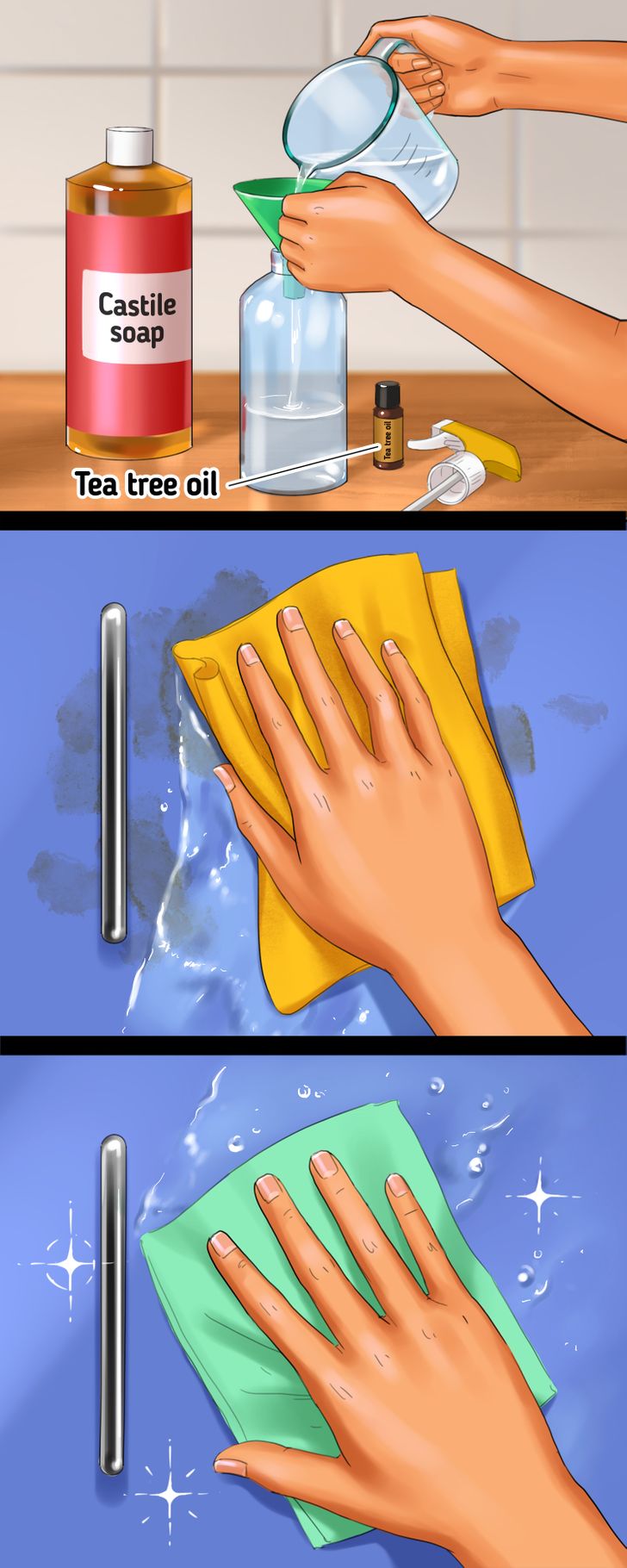
/GettyImages-80566571-5a1ca234aad52b00373338ff.jpg)
